LINE 4: "Their head hung with thread of 'polemars'
LINE 1: "The great star will burn for seven days"
LINE 2: "The cloud will make double sun appear"
LINE 3: "The large mastiff will howl all night"
"The mastiff that will howl all night refers to a secret branch of the priesthood in the Catholic Church that no one knows about except a few high priest members. This secret branch of the priesthood is like a private army, and the commander-in-chief is the pope. Their job is to fight for the church if the need should arise, similar to the way the Jesuits used to be the soldiers of Christ."
LINE 4: "When the great pontiff changes his abode"
LINE 1: "The great star will burn for seven days"
LINE 2: "The cloud will make double sun appear"
LINE 3: "The large mastiff will howl all night"
The "double sun" of Line 2 also correlates with Sirius A and Sirius B orbiting around each other. And the "mastiff" of course relates to Sirius the 'Dog Star'! I mean, this quatrain is screaming "Sirius!".
And II-48... Line 2 is enough to suggests the whole 'Sirius complex' - 'Saturn', 'Arc', and 'Mars'. But the most striking thing about quatrain II-48 is its correlation with Paris - which is of course part of the Sirius complex - and more specifically with the 'Elysian Fields' region of Paris where the Arc de Triomphe stands. (The connection is so striking that I feel this one should be called 'the Paris quatrain'.) This issue was discussed in Chapter 7 of 'The Elysian Fields' but let me go through it here again with some new additional interpretations:
The "great army" is precisely the name of one of the 12 streets that extend from the famous circular road that surrounds the
Arc de Triomphe ("Place Charles de Gaulle"), which is called in French, "
Grande Armee". 'Grand Armee' is not only one of the 12 streets but it's the direct extension of the main street, 'Champs Elysees' (Elysian Fields). The "mountains" is likely an allusion to the Arc de Triomphe which stands in between 'Champs Elysees' and 'Grande Armee' Here are pictures showing the relevant region of Paris and the relationship of the Grande Armee avenue, Arc de Triomphe, and the Elysian Fields.
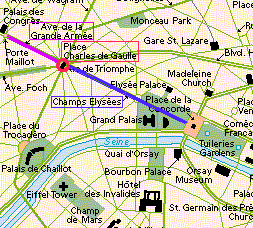
· Red region = Arc de Triomphe & Place Charles de Gaulle
· Purple street = Grande Armee avenue
· Blue street = Elysian Fields
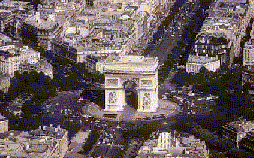
The "Arc" is obviously a reference to the' Arc de Triomphe'. And the notion is strengthened by the word right after "Arc", "turning" - which implies circular movement/shape and nicely corresponds to the famous circular road going around the Arc de Triomphe (see the picture at right). The phrase "Saturn in the Arc" corroborates the Saturn-ark connection we've made.
The latter half, "turning/corner of the fish Mars" can be interpreted in a quite different and symbolic way, and it is necessary to use a map of the relevant region of Paris again:

As you can see, the Elysian Fields, the Arc de Triomphe etc. are placed right beside the Seine River. Interestingly, on the other side of the river, there is a garden called the "
Field of Mars" ('Champ de Mars') in which stands Paris' landmark, the
Eiffel Tower. This is reinforcing the relevance of Mars. Now, the word 'Seine' (name the river) means "fishing net". That metaphorically makes (the Field of) Mars the "
fish" trapped in the net. This would also make the same region where the river is turning 90 degrees the "
corner of the 'fish-Mars'" to fit Line 2.
The "fish" also correlates with Sirius because the Dogon tradition tells us that the "Nommos" that supposedly came from the Sirius system were fish-like (and yes, we're now getting into the issue of extraterrestrial intelligence). So the phrase 'fish Mars' again associates Sirius with Mars.
The very first word, "poison", creates an interesting connection with Line 2 because the French word for "fish" is "poisson" which is nearly identical, both in spelling and pronunciation, to the word 'poison' which is also a French word for poison. Thus, combined with the last word of the line "salmon", the notion of 'fish' seems to be emphasized. Interestingly, the original French word used for 'poison' was actually 'Venins' which resembles Venus. It seems relevant, therefore, that Venus goes retrograde (i.e. reversing its apparent movement in the sky) during the key period of August 1999, corresponding to "salmon" (which is known to swim against the current) of the same line and also to the previous line's expression, "turning of the fish".

This last line of the quatrain strongly reinforces the concepts put forward by the interpretation of the previous lines. The last word of the line "polemars" is not a real word, most likely it's a made-up word / anagram. Decoding is not that difficult - first we'll divide it into two words, '
pole' and '
Mars'. Continued from previous interpretations, it is not hard to see that the "pole" would refer to the 'Eiffel Tower' that stands in the' Field of
Mars'.
To decipher the whole line, we need to take a closer look at the map of the region of the 'Field of Mars':
 Notice that the park, the Field of Mars ("Champ de Mars"), seemingly crosses over the river. The Seine River can be viewed as dividing the park and there is a bridge connecting the two parts. Since the park area can be viewed metaphorically as "fish" based on previous interpretations, notice how the park left of the river can be viewed as the "head" of the fish barely 'hanging on' to the body, the Field of Mars, by the bridge or the "thread" from "polemars" / the Field of Mars. Thus it would fit Line 4.
Notice that the park, the Field of Mars ("Champ de Mars"), seemingly crosses over the river. The Seine River can be viewed as dividing the park and there is a bridge connecting the two parts. Since the park area can be viewed metaphorically as "fish" based on previous interpretations, notice how the park left of the river can be viewed as the "head" of the fish barely 'hanging on' to the body, the Field of Mars, by the bridge or the "thread" from "polemars" / the Field of Mars. Thus it would fit Line 4.
Also, since the French word "fil", which I translated here as "thread", could also mean 'stream', the line could also interpreted like this: "Their head hung by the stream of the Field of Mars". This would still be metaphorically describing how the Seine River is dividing the Field of Mars and its "head".
And that's basically how Quatrain II-48 relates to Paris (and through which to the 'Sirius/ark complex')... but there is one last thing to add to all this. And this is my favorite part :) Well, we've looked at every line of the quatrain, so what's left? Ah, yes we left out the number of the quatrain 2 and 48. Why, of course, those numbers are the coordinates of Paris (Paris: 2.3 deg. E & 48.8 deg. N)!
Now let's shift our focus back to II-41 and do more in-depth study:
Century II - 41
The great star will burn for seven days,
The cloud will make double sun appear:
The large mastiff will howl all night
When the great pontiff changes his abode.
Like earlier pointed out, 'great star', 'burn', and 'seven' relate to Sirius. Now we can associate the "great star" with the Place Charles de Gaulle (Arc de Triomphe + the surrounding circular "square") since it was originally called the Place d'Etoile or 'Square of the Star', further linking the two quatrains II-41 and II-48.
From a slightly different angle, the fragments of Comet SL-9 'burned' Jupiter for about '7 days' in July 1994 and caught the attention of the world. The dates of this 'light show' were July 16~22 which roughly coincides with one of the key 'Sirius dates', July 20, mentioned earlier. Moreover, the dates July 16~22 very closely matches the dates of the historic Apollo 11 mission - first ever manned landing on the Moon - which were July 16~24 (and the landing occurred on the key date, July 20). This is meaningful especially when you consider the fact that Apollo the sun god could be identified with Horus the sun god (the son of Isis, and earlier associated with Sirius and Mars). Recall also that July 20 was associated with the 'flood' (of the Nile) in conjunction with Sirius. In Greco-Roman mythology, the god who causes the Flood to punish mankind is Jupiter - the very planet Comet SL-9 crashed into. And Jupiter was mythologically associated with the 'eagle' - the very name of the spacecraft that landed on the moon on that exact flood/Sirius date, July 20 (1969)!
So, in various ways Line 1 corresponds to the Sirius complex.
Besides the 'double sun' reference to Sirius, this line still continues the allusion to the Jupiter-Comet SL-9 collision - the 'cloud' of the fragmented comet colliding with Jupiter to produce a great light show (becoming the 'second sun').
As previously stated, the "mastiff" alludes to Sirius the 'Dog Star'. But a new interpretation can be derived from this line when combined with the 'hypnotic interpretation' by 'Brenda' of this line presented in Dolores Cannon's 'Conversations With Nostradamus' material:
I must say that this sounds like it may relate to the Knights Templar after whose tradition the Jesuits are structured. This would be very congruent since the Templars are intimately associated with the ark/Grail and so also naturally with Sirius the 'Dog Star'. And the CWN hypnotic interpretation and my own converge nicely.
On another level of interpretation, the "private army" of the pope could be in reference to a military corps known as the Swiss Guard that the Vatican maintains and whose function is to protect the pope and his personal residence. Remarkably, here we again see a Switzerland connection (in the name). Remember that Switzerland has been linked with the Templars and the 'ark' earlier. But it gets even more interesting: it turns out that King Louis XIII of France also had a body of soldiers called Swiss Guards to protect him. But they all died on August 10, 1792 during the French Revolution while defending the royal palace in Paris. So, we meet Paris again. The date August 10 is intriguing too as it is only one day before a total eclipse over Europe (Aug. 11, 1999). And it is said (I haven't really checked) that the 'eclipse zone' passes exactly at Paris in the midday! Paris again... I feel there will be a 'resonance' of the demise of King Louis XIII's Swiss Guards manifested around that time. This likely correlates with the sudden dissolution of the Knights Templar on Oct. 13, 1307, when they were betrayed by the pope at the time. And here comes the last line of the quatrain...
Notice that this line shifts the focus from Sirius to the issue of the Church completely, even though the foregoing interpretations made this transition very smooth. And this line is relatively straightforward. The implication is that we may see the Church in upheaval in the summer/fall of 1999.
Incredibly, if we go back to Line 2, it appears to describe the nature of the upheaval in more detail:
LINE 2: "The cloud will make double sun appear"
This now can be interpreted to be referring to the next pope election. To see the connection, we need to first look at the process of the election. The most common way to elect a pope is by ballot. By lot, the cardinals choose from their group three who collect the ballots of the infirm, three who counts the votes and three reviewers of the results. Two votes are taken every morning and two every afternoon until a two-thirds plus one majority is obtained. The crowd in St. Peter's Square follow the bolloting by watching the smoke that comes from the chimney on the palace roof. The smoke is from burning all the ballots. If the necessary majority is not reached, the ballots are burned in a way that creates black smoke. When the majority is reached, the ballots are burned in a manner that creates white smoke to signal the election.
need to first look at the process of the election. The most common way to elect a pope is by ballot. By lot, the cardinals choose from their group three who collect the ballots of the infirm, three who counts the votes and three reviewers of the results. Two votes are taken every morning and two every afternoon until a two-thirds plus one majority is obtained. The crowd in St. Peter's Square follow the bolloting by watching the smoke that comes from the chimney on the palace roof. The smoke is from burning all the ballots. If the necessary majority is not reached, the ballots are burned in a way that creates black smoke. When the majority is reached, the ballots are burned in a manner that creates white smoke to signal the election.
Now, the word Nostradamus used for "cloud" was 'nuee' which actually implies a big/black cloud rather than a nice/white cloud. Therefore a more fitting translation would be:
"Black cloud will make double sun appear"
Next, the "sun" appearing is symbolic of the successor to Pope John Paul II, because he is the 'pope of the solar eclipse' (JPII was born during a solar eclipse May 18, 1920; and he was given the name "De labore Solis" - 'of the eclipse of the sun' - by St. Malachy, an Irish bishop who visited Rome in 1139 and supposedly had a prophetic vision in which he saw all the popes that would sit in St. Peter's Chair. And he identified the future popes by two-word Latin mottoes which correspond to the most striking events of their reign or by their coat-of-arms. They appear to be surprisingly accurate). I don't think I need to point out its relevance to the solar eclipse of Aug. 11, '99. So, continuing, the 'sun appearing' would metaphorically refer to the pope who follows the 'eclipse pope', John Paul II.
But the line says there would be 'two' suns. When combined with the "black cloud" part (which means unsuccessful vote), it's not that difficult to derive the meaning of the whole line; it would refer to a situation of 'pope vs. antipope' (i.e. one elected or claiming to be pope in opposition to the pope canonically chosen). And the indications are that those two 'popes' will be the last popes. At least there are no more popes after them in Malachy's prophetic list of popes. Perhaps it could be viewed that the dissolution of the Church is to begin in the summer/fall of 1999 with the next election.
Remarkably, it turns out, this Church issue is applicable to the other quatrain, II-48, and especially its second line:
LINE 2: "Saturn in the Arc turning from the fish Mars"
As mentioned earlier, the "Arc" can be applied to the Alps which forms a big nice arc at the northern end of Italy. And "the fish Mars" symbolically allude to the cardinals (from whom a pope is elected), because the cardinals wear a red dress and a red cap, the color of Mars; and St. Peter, the first pope, was a fisherman - and the role of a pope is referred to as a "fisher of men". Now, coincidentally, one of the cardinals considered likely to succeed Pope John Paul II, Cardinal Carlo Martini, is the archbishop of Milan, Italy which happens to be located right inside the Alps' "arc" at the northern edge of Italy. This suggest that Cardinal Milan will be involved in the coming trouble of the papal election
Amazingly, the very same line alludes to another participant in the schism. The key is to interpret the "arc" as the arcs of latitude/longitude (which are indeed 'arcs' drawn on the surface of the planet). And it just happens that the long./lat. "arcs"/ 'coordinates', based on the quatrain # '2-48', corresponds to Paris as explained earlier; and Paris happens to be the location of Cardinal Jean-Marie Lustiger, the archbishop of Paris, who is also regarded as a very strong candidate to succeed John Paul II! Cardinal Lustiger is also a Jew (but believes Jesus was the savior), which is interesting because the prophetic motto St. Malachy gave to the next pope is "Glory of the Olive (Tree)" and the olive tree is a common Roman symbol for Jedea/Palestine. Furthermore, this Christian-Jew mix can be compared to the "fish Mars" from the same line of II-48 because it can be taken to mean 'Pisces Aries' which corresponds to Christianity and Judaism. (Jesus represents the beginning of the Age of Pisces and Moses signified the Age of Aries.)
So, we seem to have found the candidates for the next two popes who will be involved in the destruction of the Church. The reason why "Saturn" ("in the Arc") would correspond to both Cardinal Martini and Cardinal Lustiger since both can be viewed to be "in the Arc" as we've just seen is perhaps because they together bring about the end of an era, or time, just as Saturn represents 'Time the destroyer'.
This concludes the discussion on the Church matter, but let us take another look at II-41 and interpret them on a different level.
First, let me mention that the hypnotic interpretations of the CWN material indicates that II-41 and II-48 relate to a "light display" associated with extraterrestrial intelligence (!). Looking at Line 1~3 of II-41, I can't help but theorize that this "light display" would have to do with Sirius:
Those lines just strike me as collectively describing how Sirius will be '
screaming' in the sky. It correlates strongly with X-72's second line "
From the sky will come a great King of terror/appeasing King" (the "appeasing King" => Jason of the Argo/ark => Sirius). Of course there are many ways Sirius can "howl" (metaphorically), but let me present some especially intriguing possibilities.
Consider the following: Sirius was called the 'Arrow star', and the Sanskrit word for 'an arrow, 'ishu', also means 'ray of light', and the Dogon tradition tells us that the ray of Digitaria (i.e. Sirius B) sweeps the Earth once a year. This imagery of an arrow-like ray of light that periodically 'sweeps' the Earth strongly reminds me of one particular type of star - a 'pulsar'. A 'pulsar' is a virtually dead star, a neutron star, that rotates rapidly and causes electromagnetic beams to be emitted like a lighthouse (i.e. rotating light beams). The unique thing about pulsars is that their light emission is focused into 'arrow-like' beams and not omni-directional like most light sources in the sky. Therefore, the visibility of a pulsar depends on the geometry involved between the pulsar and the observer. So it is possible that a pulsar that's been invisible to us for a long time suddenly appears in the sky due to some slow-shifting geometric relationship.
What I'm getting at, is that there may be a pulsar in the Sirius system that's about to be observable for us on Earth. And this would make the "double sun" of Sirius. But will it be Sirius B? I'm not sure. Sirius B is considered to be a 'white dwarf' and 'white dwarfs' are not known to develop into pulsars, so scientifically it's unlikely, but science is always revising itself so I won't rule out the possibility of some unknown mechanism that lets Sirius B become a pulsar.
But there is another possibility I'd like to mention here. It's 'emme ya'/'Sirius C' - claimed by the Dogon to exist but not yet confirmed by scientific observation. According to the Dogon tradition, this star "throws out two pairs of radii (beams)" and it's "the only star which emits these beams which have the quality of solar rays" ('Sirius Mystery', pp44-45). These descriptions remarkably match the characteristics of a pulsar! I mean, what other celestial bodies "throws pairs of... beams" besides pulsars? Furthermore, 'emme ya/Sirius C is called the 'sun of women', 'a little sun', and it is said to be accompanied by a satellite called the 'star of Women'. And this 'star of women' is represented by the sign of a 'cross', which correlates with the astrological 'grand cross' of Aug. 18, '99 (also the date for Cassini-earth 'crossing') and the cross of christianity, the Knights Templar, etc. - all relevant to Sirius.
So it seems possible that the 'light display' refers to the discovery/appearance of another star in the Sirius system (emme ya/Sirius C) which may be a pulsar.
If the Sirius "light display" of this kind and the Church schism are to occur, they will likely coincide with each other timing-wise. And the key period seems to be the summer/fall of 1999. Keep in mind, however, that those two are not the only projected events - for example, we have the Mars/Cydonia/Atlantis issues (still Sirius-related though). Notice that the quatrain # of II-41 we just looked at contains the Cydonia/NYC latitude number '41'.
Also, we're also likely to experience some unexpected events that will fit the quatrains and interpretations nicely - and we'll learn from it.
I guess that's it for now.
1999: Ark of Sirius (goroadachi.com) 






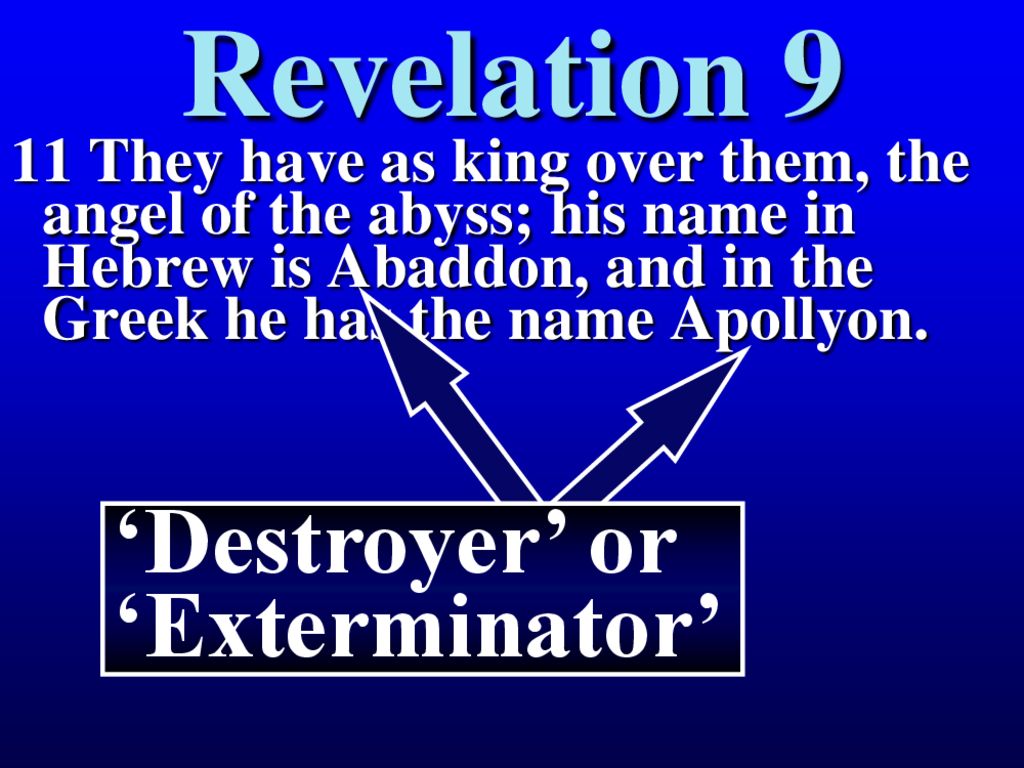


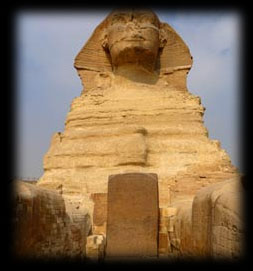








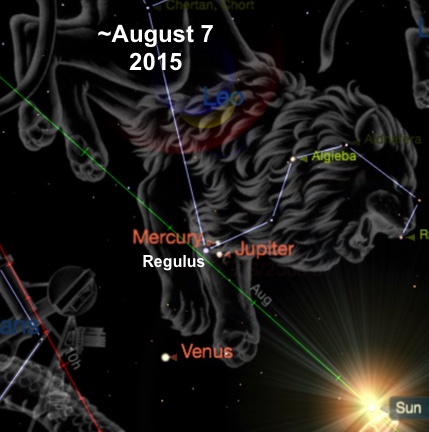
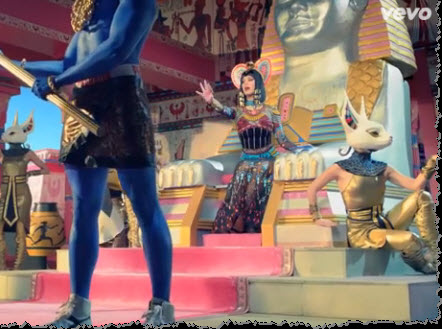


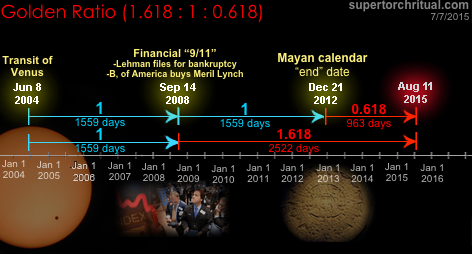

 Sep 14, 2008
Sep 14, 2008 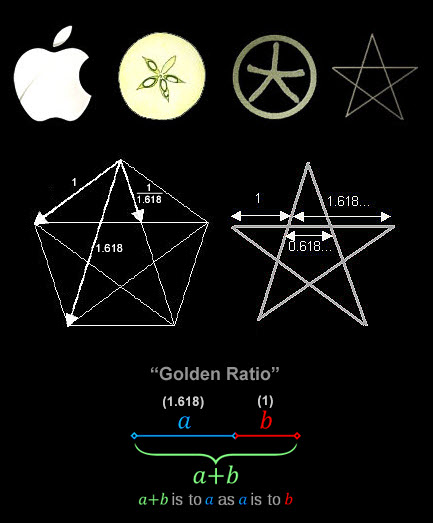




 This last line of the quatrain strongly reinforces the concepts put forward by the interpretation of the previous lines. The last word of the line "polemars" is not a real word, most likely it's a made-up word / anagram. Decoding is not that difficult - first we'll divide it into two words, 'pole' and 'Mars'. Continued from previous interpretations, it is not hard to see that the "pole" would refer to the 'Eiffel Tower' that stands in the' Field of Mars'.
This last line of the quatrain strongly reinforces the concepts put forward by the interpretation of the previous lines. The last word of the line "polemars" is not a real word, most likely it's a made-up word / anagram. Decoding is not that difficult - first we'll divide it into two words, 'pole' and 'Mars'. Continued from previous interpretations, it is not hard to see that the "pole" would refer to the 'Eiffel Tower' that stands in the' Field of Mars'.
 Notice that the park, the Field of Mars ("Champ de Mars"), seemingly crosses over the river. The Seine River can be viewed as dividing the park and there is a bridge connecting the two parts. Since the park area can be viewed metaphorically as "fish" based on previous interpretations, notice how the park left of the river can be viewed as the "head" of the fish barely 'hanging on' to the body, the Field of Mars, by the bridge or the "thread" from "polemars" / the Field of Mars. Thus it would fit Line 4.
Notice that the park, the Field of Mars ("Champ de Mars"), seemingly crosses over the river. The Seine River can be viewed as dividing the park and there is a bridge connecting the two parts. Since the park area can be viewed metaphorically as "fish" based on previous interpretations, notice how the park left of the river can be viewed as the "head" of the fish barely 'hanging on' to the body, the Field of Mars, by the bridge or the "thread" from "polemars" / the Field of Mars. Thus it would fit Line 4. need to first look at the process of the election. The most common way to elect a pope is by ballot. By lot, the cardinals choose from their group three who collect the ballots of the infirm, three who counts the votes and three reviewers of the results. Two votes are taken every morning and two every afternoon until a two-thirds plus one majority is obtained. The crowd in St. Peter's Square follow the bolloting by watching the smoke that comes from the chimney on the palace roof. The smoke is from burning all the ballots. If the necessary majority is not reached, the ballots are burned in a way that creates black smoke. When the majority is reached, the ballots are burned in a manner that creates white smoke to signal the election.
need to first look at the process of the election. The most common way to elect a pope is by ballot. By lot, the cardinals choose from their group three who collect the ballots of the infirm, three who counts the votes and three reviewers of the results. Two votes are taken every morning and two every afternoon until a two-thirds plus one majority is obtained. The crowd in St. Peter's Square follow the bolloting by watching the smoke that comes from the chimney on the palace roof. The smoke is from burning all the ballots. If the necessary majority is not reached, the ballots are burned in a way that creates black smoke. When the majority is reached, the ballots are burned in a manner that creates white smoke to signal the election.


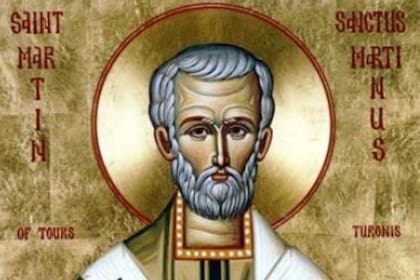






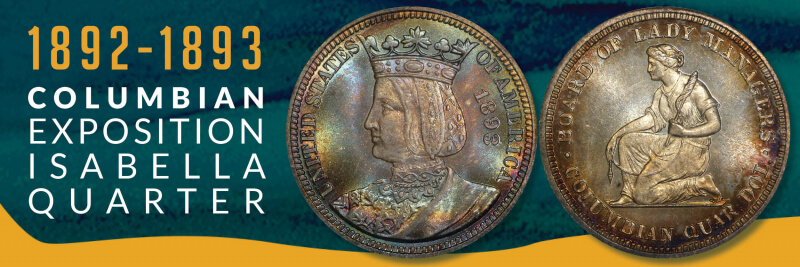

 1838 HT-81 “Am I Not A Woman & A Sister?” (Image via me)
1838 HT-81 “Am I Not A Woman & A Sister?” (Image via me) 1893 Columbian Expo Half Dollar. (Image via me)
1893 Columbian Expo Half Dollar. (Image via me)











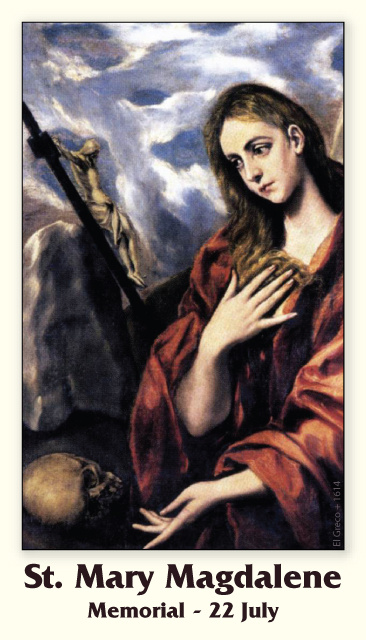








 April 15
April 15 












 Apr 08
Apr 08  Apr 10
Apr 10 